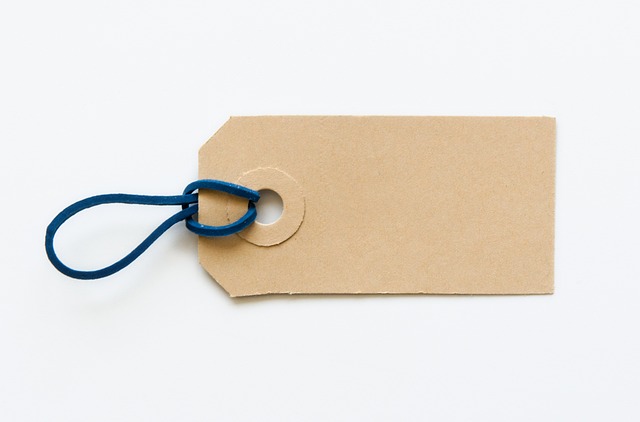Skin tags, though common, can be unsightly and uncomfortable. Traditional removal methods are painful and may cause scarring. Tea tree oil, with its antimicrobial and anti-inflammatory properties, offers a natural, pain-free alternative for Skin Tag Removal Leeds. To use tea tree oil safely, dilute it with carrier oils, perform patch tests, avoid sensitive areas, and consult a dermatologist in Leeds. This method involves sanitizing the skin, applying diluted tea tree oil, and maintaining gentle skincare. Warm compresses and other essential oils can enhance its effectiveness. Aftercare includes keeping the area clean, moisturized, and avoiding harsh products. For persistent skin tags, seek professional advice from a dermatologist in Leeds.
Looking for a natural solution for skin tag removal? Tea tree oil, known for its antimicrobial and anti-inflammatory properties, can be an effective alternative. This article guides you through understanding skin tags and how tea tree oil can help remove them safely. We’ll cover safety precautions, a step-by-step application guide, and aftercare tips to ensure successful results. Learn how to achieve smoother, tag-free skin without resorting to harsh chemicals—a natural approach tailored for even the most sensitive skin, ideal for those seeking skin tag removal in Leeds or beyond.
- Understanding Skin Tags and Tea Tree Oil
- Safety Precautions for Application
- Step-by-Step Guide to Removal
- Alternating Treatments and Aftercare Tips
Understanding Skin Tags and Tea Tree Oil
Skin tags, also known as acrochordons, are small, soft skin growths that typically appear on the neck, armpits, or groin area. They are usually harmless and often go unnoticed, but some individuals may find them unsightly or uncomfortable. Traditional methods of removal include cutting or burning off the tags, but these can cause pain and potential scarring. This is where tea tree oil steps in as a natural alternative for skin tag removal in Leeds and beyond.
Tea tree oil, derived from the leaves of the Australian tea tree (Melaleuca alternifolia), is renowned for its antimicrobial and anti-inflammatory properties. Its potent ingredients have been used for centuries in traditional medicine, not just for skin concerns but also for various health issues. In the context of skin tag removal, tea tree oil’s ability to disrupt the growth of certain bacteria and reduce inflammation makes it a promising remedy worth exploring, especially as a pain-free and scar-less option compared to more invasive procedures like those commonly sought after for Skin Tag Removal Leeds.
Safety Precautions for Application
When using tea tree oil for skin tag removal in Leeds, safety should be your top priority. Tea tree oil is generally considered safe when used correctly, but it’s essential to understand its potential side effects. Always perform a patch test before applying it to a larger area to ensure you don’t experience any adverse reactions, such as skin irritation or redness. Dilute the oil with a carrier oil like coconut or jojoba oil to reduce its potency and minimize the risk of complications.
Avoid using tea tree oil if you have sensitive skin or are pregnant or breastfeeding. Keep it out of reach of children and pets, and avoid applying it near your eyes, mouth, or other delicate areas. If you notice any severe reactions, discontinue use immediately and consult a healthcare professional. For the best results and to ensure safety during skin tag removal Leeds procedures, consider seeking advice from a qualified dermatologist.
Step-by-Step Guide to Removal
Using tea tree oil for skin tag removal is a simple and natural approach, perfect for those seeking alternatives to medical procedures. Here’s a step-by-step guide tailored specifically for Skin Tag Removal Leeds residents who want to try this method at home:
1. Preparation: Begin by sanitizing the affected area with mild soap and warm water. Pat it dry gently using a clean towel. This ensures that your skin is ready to absorb the oil effectively. For best results, choose organic tea tree oil from a reputable source.
2. Application: Drop 2-3 drops of the essential oil directly onto the skin tag. Use a cotton swab or your fingers (after washing) to gently massage it into the tag and surrounding skin. Tea tree oil’s anti-inflammatory and antimicrobial properties can help soften and eventually remove the skin tag over time.
Alternating Treatments and Aftercare Tips
When it comes to alternating treatments for skin tag removal, tea tree oil can be combined with other natural remedies or medical procedures for optimal results. After applying tea tree oil directly to the skin tags, consider using a warm compress to enhance its effectiveness. This simple technique helps to soften the skin and potentially speed up the healing process. Additionally, combining tea tree oil with essential oils like lavender or chamomile can offer anti-inflammatory properties, reducing any potential irritation.
For aftercare, it’s crucial to maintain a gentle skincare routine. After removing skin tags, keep the area clean and moisturized. Avoid harsh scrubs or products that may cause further irritation. Instead, opt for mild cleansers and apply tea tree oil diluted with a carrier oil to soothe the skin. Regularly checking for any signs of infection, such as redness or swelling, is essential. If skin tags reoccur or persist, consult a dermatologist in Leeds for professional advice and safe removal options.
If you’re seeking effective skin tag removal in Leeds, tea tree oil offers a natural and gentle solution. By understanding its properties and following safe application practices, you can target these small skin growths effectively. The step-by-step guide provided ensures a simple, at-home treatment, while alternating with other methods allows for varied results. Remember to prioritize aftercare to maintain healthy skin. With dedication and the right approach, tea tree oil can help eliminate skin tags, leaving your skin clear and confident.
